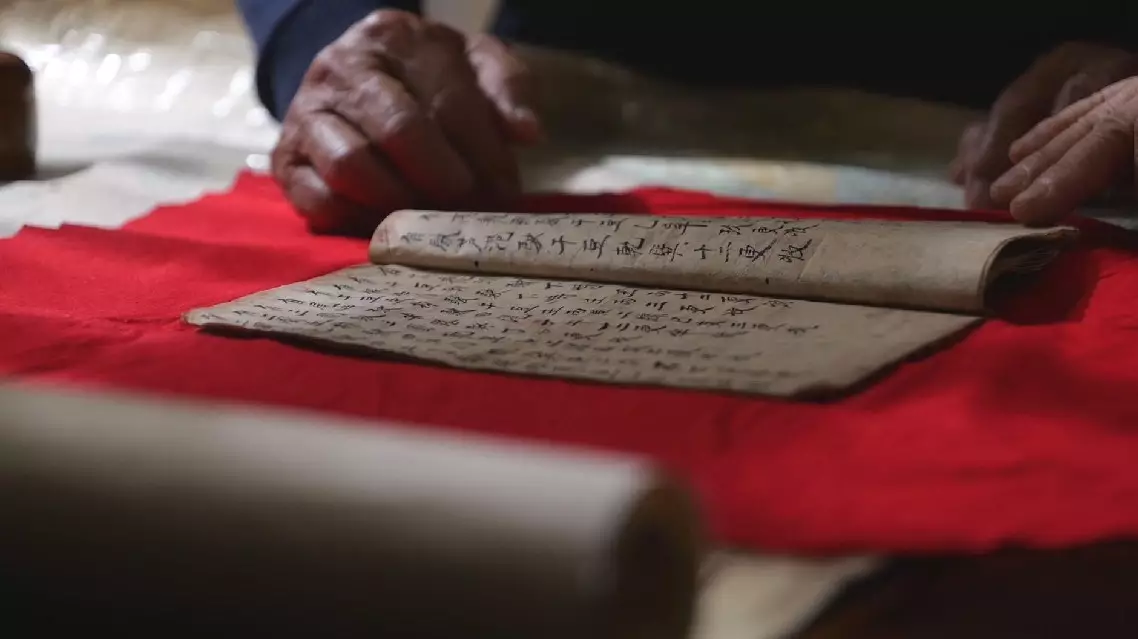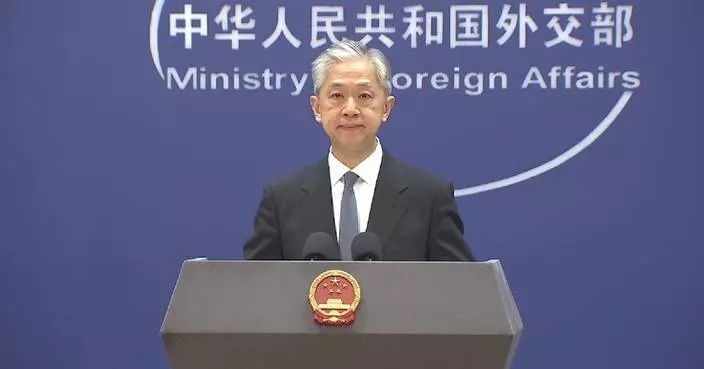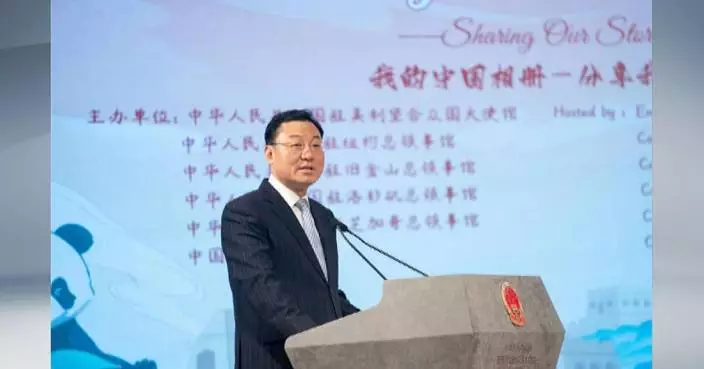Celine Chung's original goal in 2019 when she opened her first restaurant in Paris was to break the clichés surrounding Chinese cuisine and create a haven where she could authentically express her multicultural identity.
Born in France to Chinese parents, she co-founded a restaurant Petit Bao five years ago. The restaurant emphasizes on organic, high-end, locally sourced ingredients, with each menu item being crafted by hand daily.
Now she hopes to make Chinese bao as popular as the baguette in France.
Her restaurant specializes in bao, a type of steamed bun with various fillings, which customers can't seem to get enough of. Each day, more than 360 portions are prepared by hand using organic flour and meat sourced entirely from France.
"In the same way that there are Shaolin masters, there are also masters of the bao! It's really an exceptional skill that's very rare. Each dumpling has 18 folds. It is very complex to make. And it's hard to find in Paris. The great thing is that the stock is inside the bao, so you get a warm explosion of flavors and a mix of textures that's delicious," Chung said.
In her quest to find her true purpose, the 34-year-old quit her job as a consultant to train as a chef in Shanghai. It's there where she met her future partner Billy Pham, before embarking on the adventure of a lifetime together.
"I think cooking is a great and magical way of doing that. It has great power. With a plate, a dish, good service and a smile, you can make people happy. I find that really powerful," she said.
She was born straddling two cultures, growing up in Paris while developing a fondness for the traditional cuisine of her mother, who was born in Wenzhou, east China's Zhejiang Province.
"Many family moments are celebrated around the table. That's how I came to realize that the dining table holds an important place in our lives. It brings people together. There's a real sense of solidarity and community around the kitchen table. I think that's a key element of Chinese cuisine," she said.
This philosophy won over Parisians much to the surprise of her parents.
Petit Bao has hit the big time and is now part of the Bao Family, a group with 150 employees from over 25 nationalities.
In five years, Celine has opened four restaurants in Paris, all of which are hugely popular.
"The aubergines are my favorite dish on the menu. These little marvels. It's why we come here! The quality doesn't change, and that's very important for us. We always get the same thing," said a customer.
"I come every day. My workplace is just opposite, so it's like my canteen," said another customer.
Each restaurant provides an immersive experience, offering the feel of a popular Chinese canteen with decorations while mixing in Celine's love for Parisian design.
"When I was younger, I heard a lot of hurtful clichés about Chinese food. I really wanted to show a new side to Chinese cuisine, to show that it can be beautiful, taste good and be cool. I'm very happy and proud to be able to put Chinese cuisine in its rightful place," she said.
Mission accomplished for the Bao Family, which is set to expand even further with the opening of a new restaurant in Paris this summer and in the southern city of Marseille.
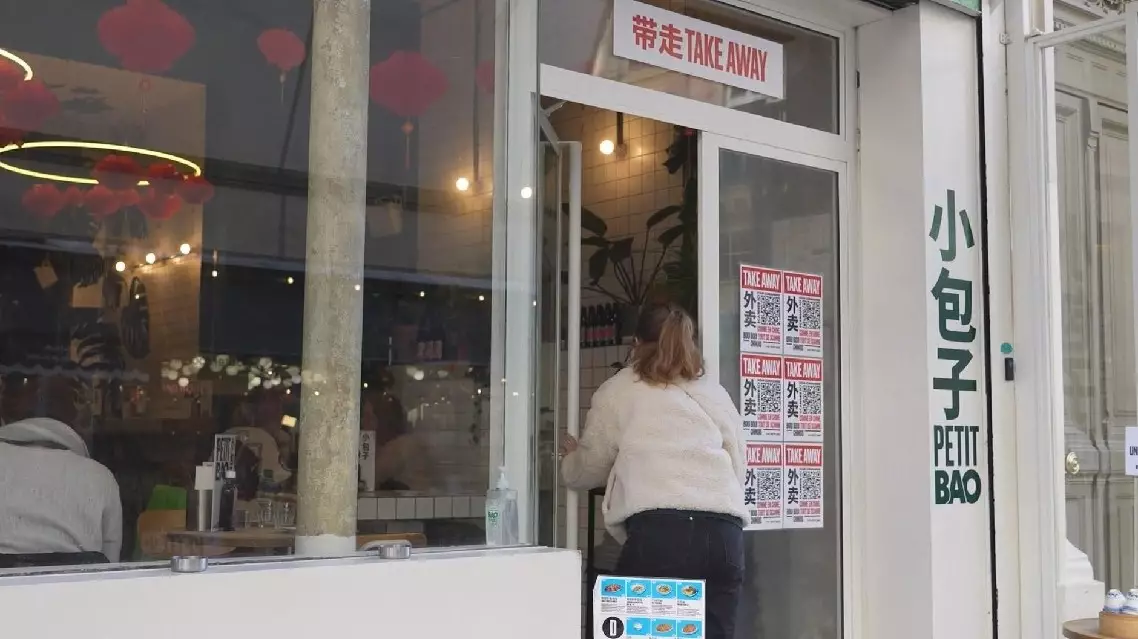
Bao Family draws in many customers with authentic Chinese cuisine in France
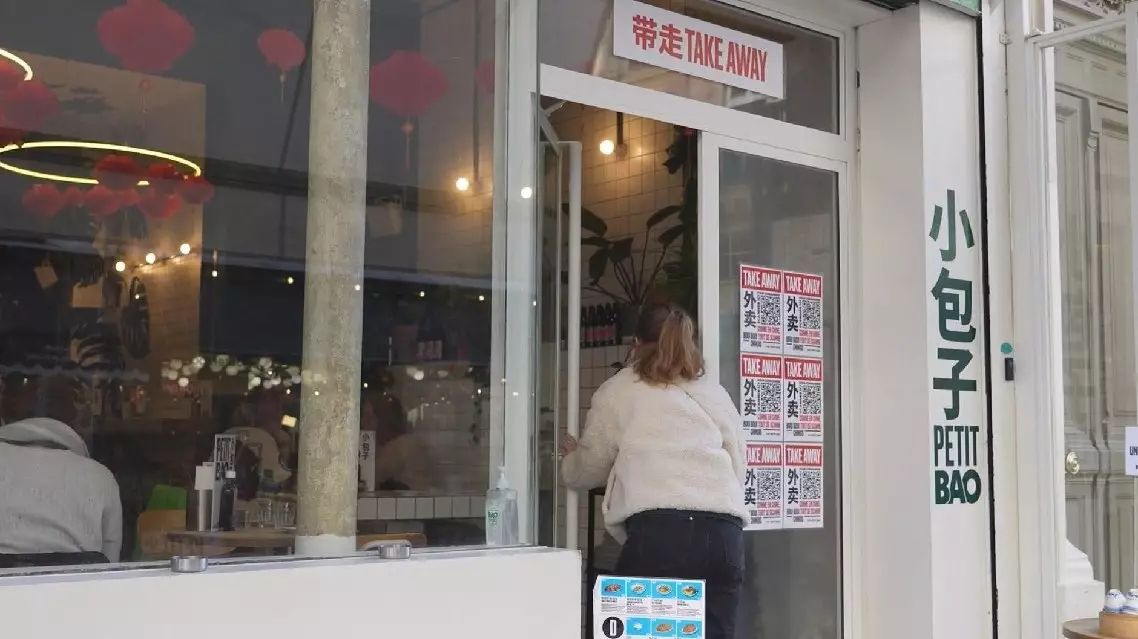
Bao Family draws in many customers with authentic Chinese cuisine in France


